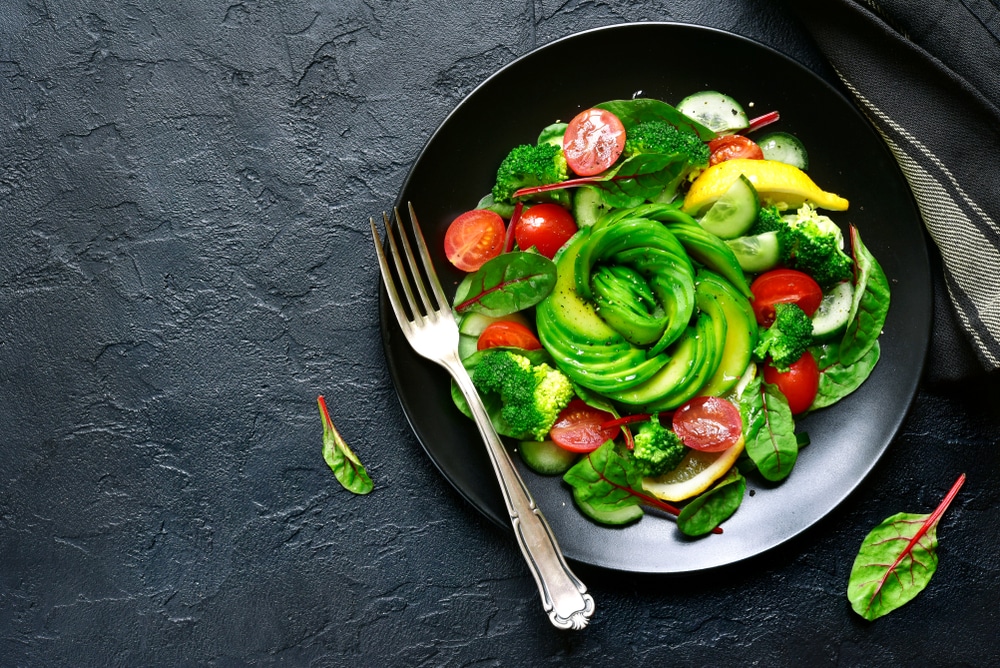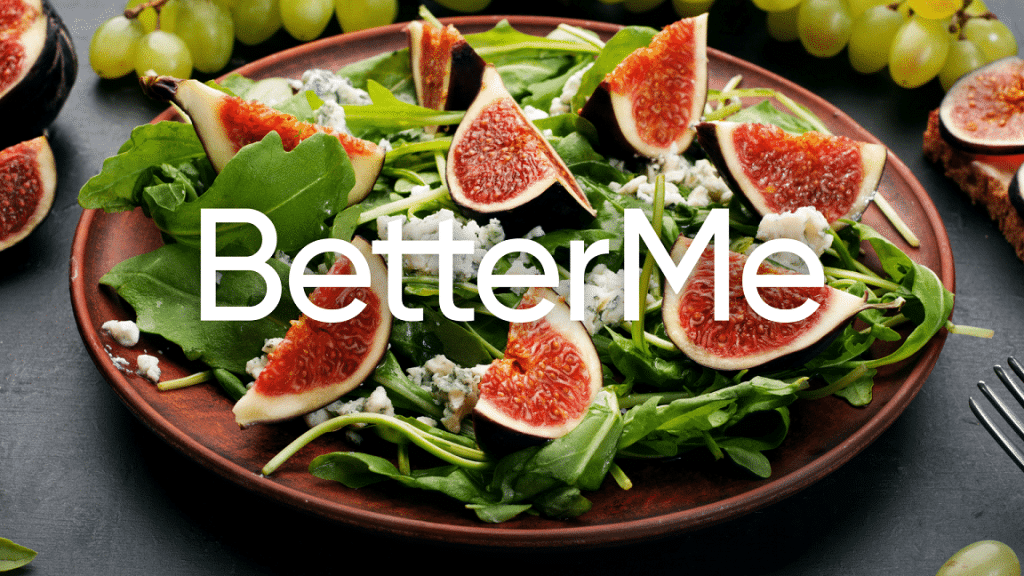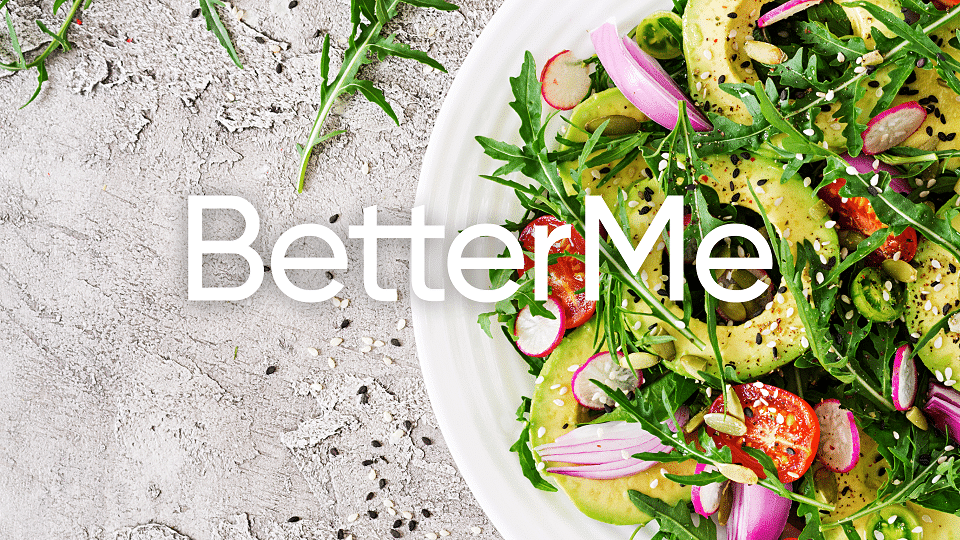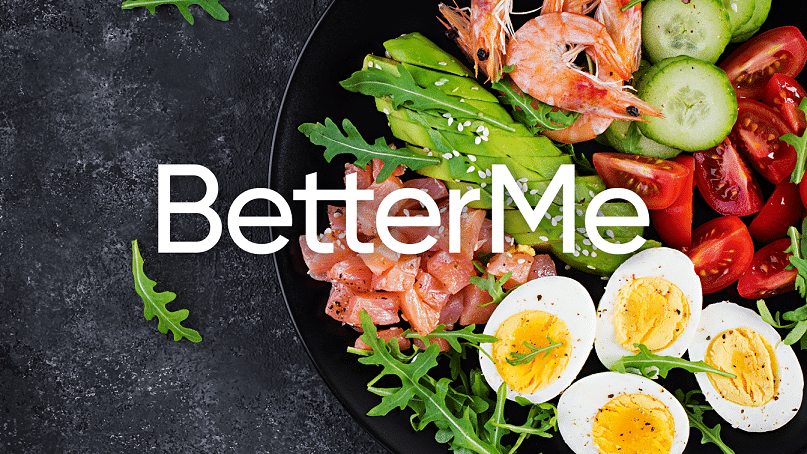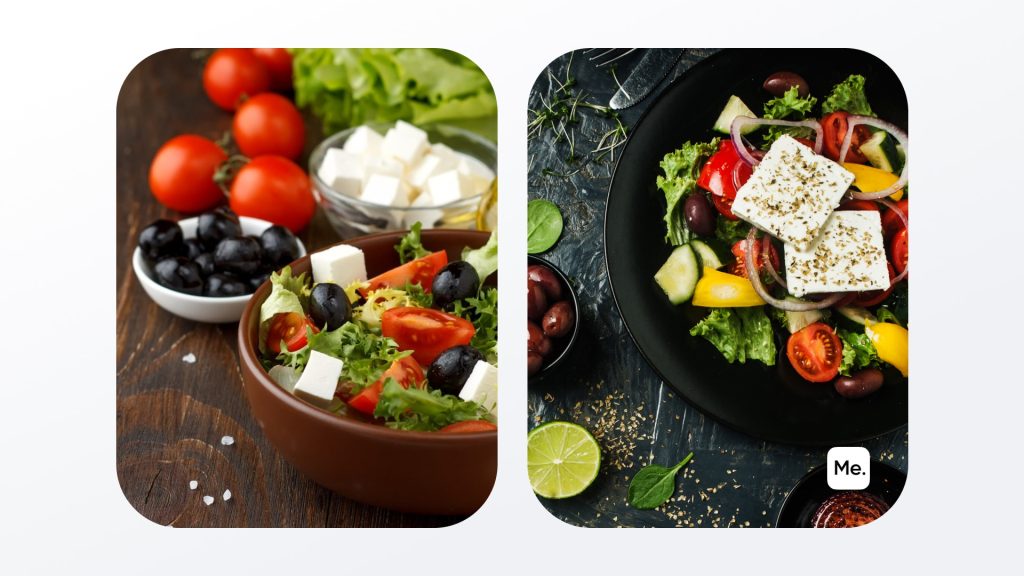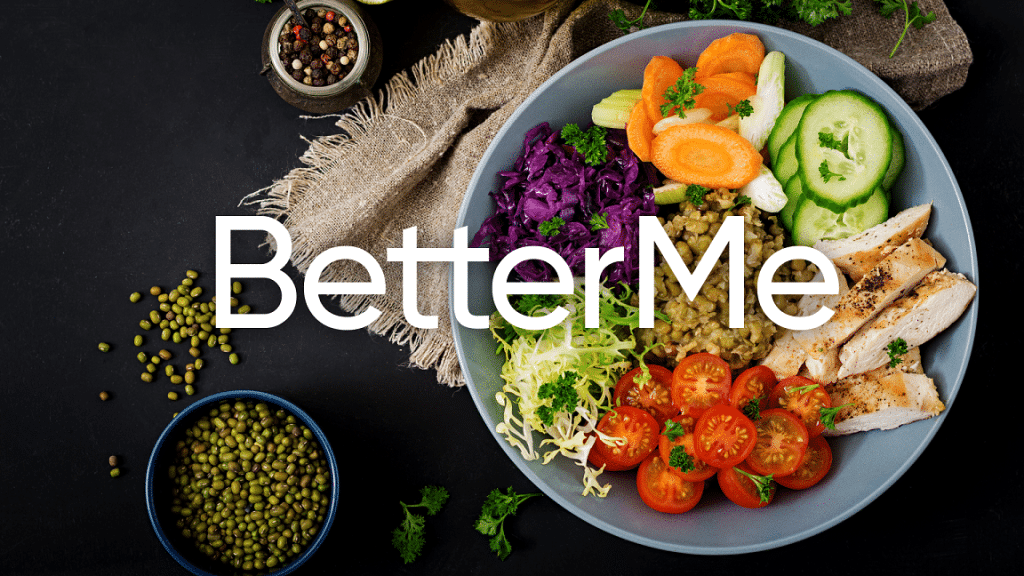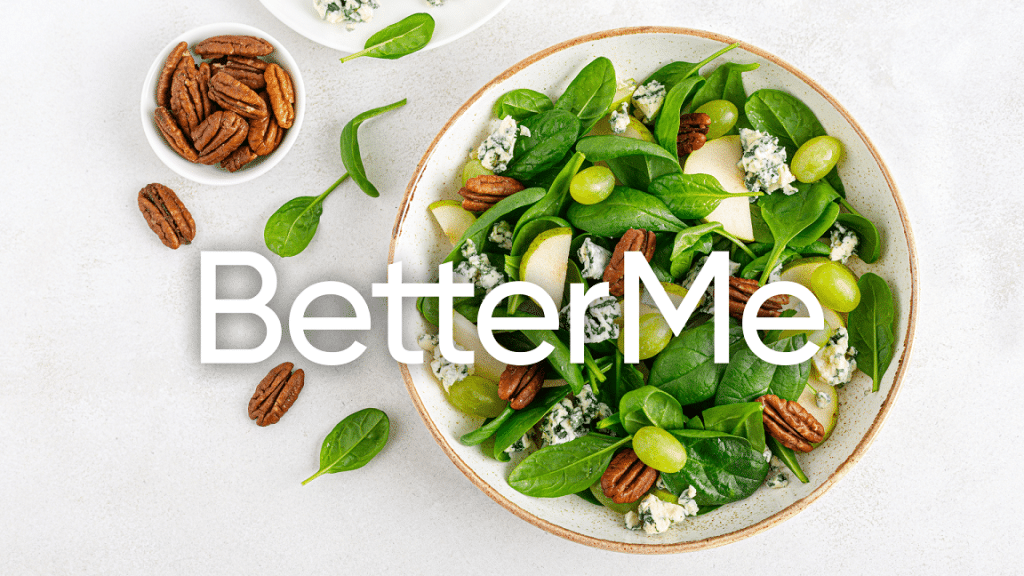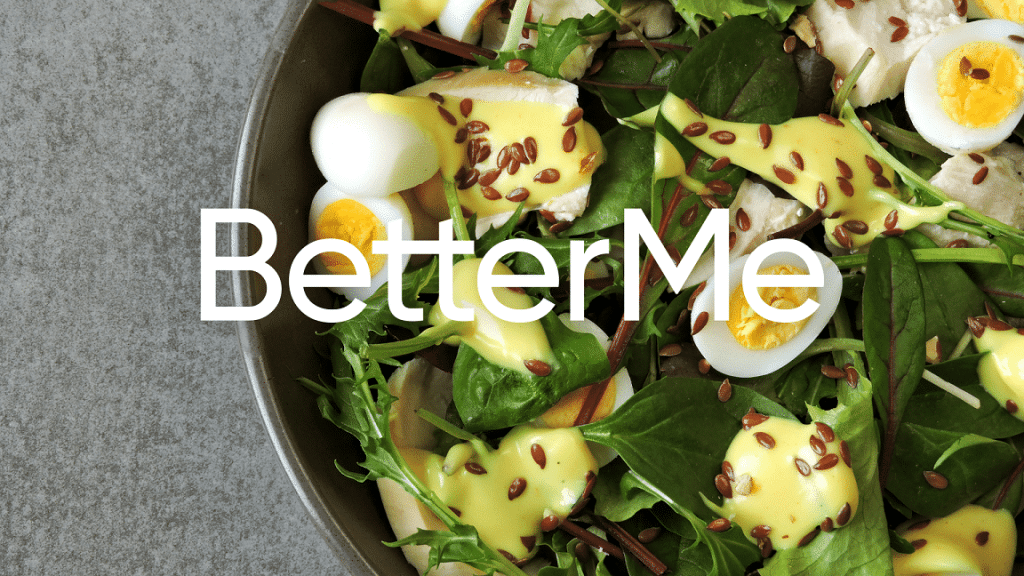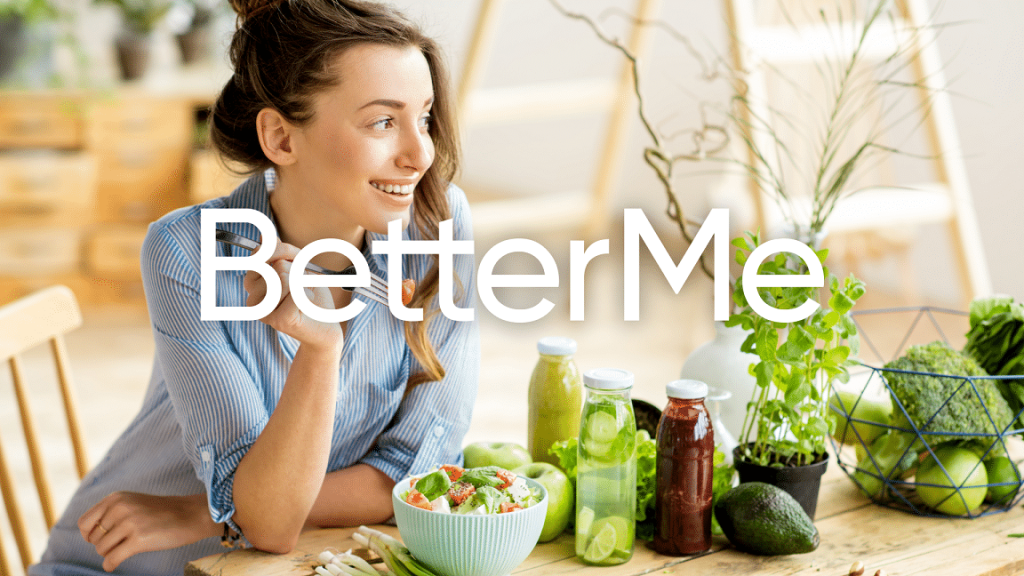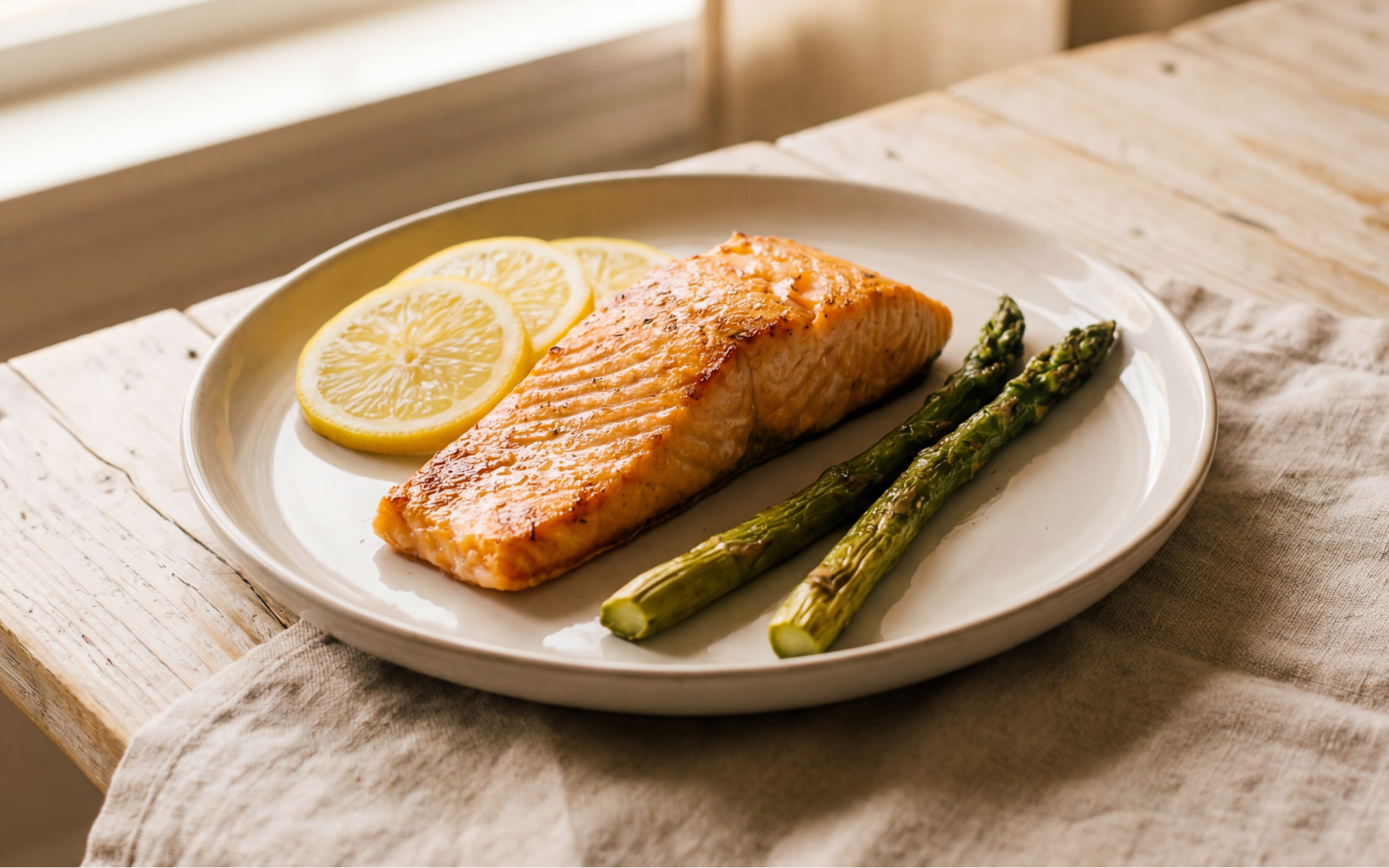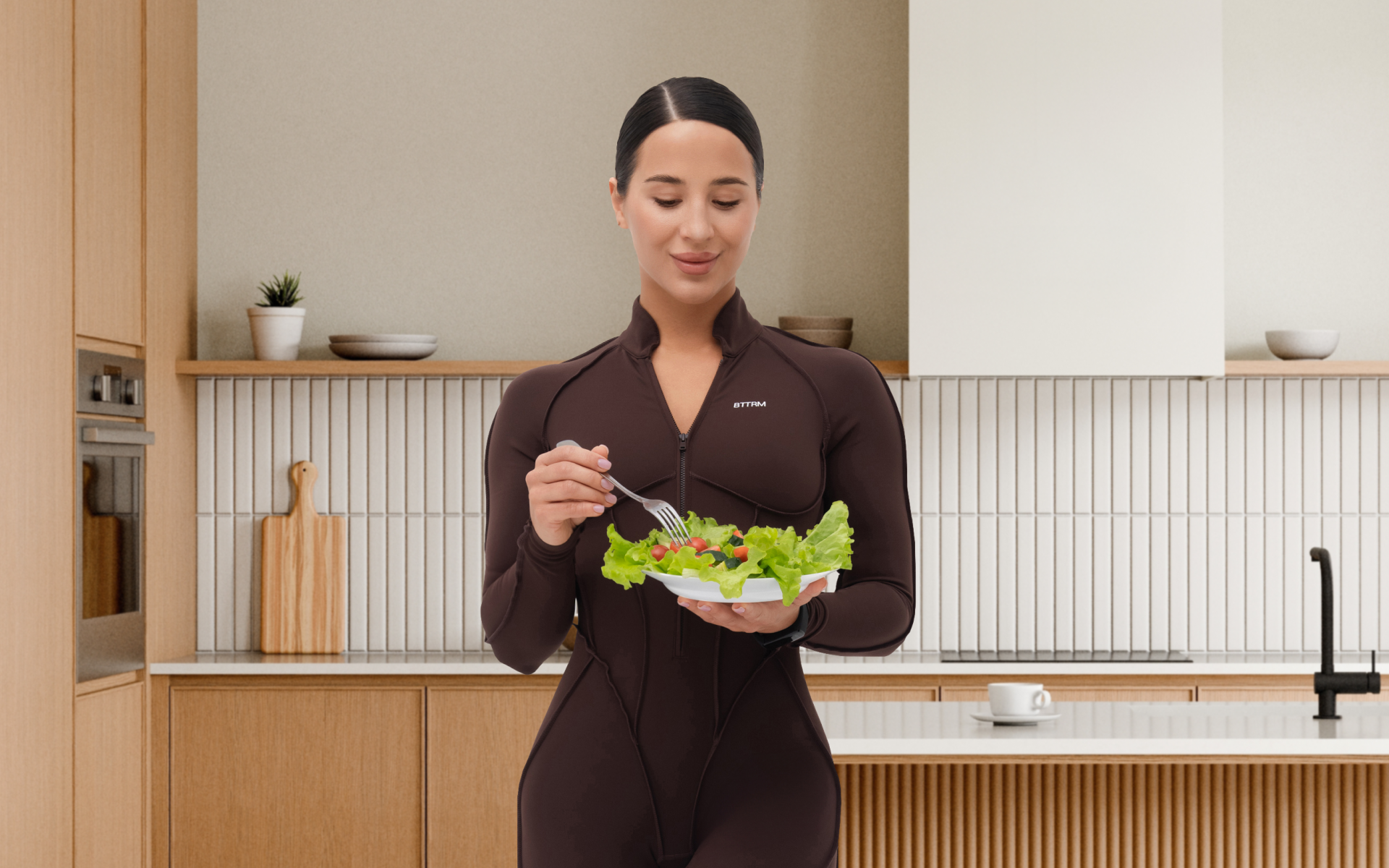Many people take a salad diet to lose weight but end up gaining instead. Why is this so? This might be because they are using ingredients which are full of calories and fat. If they do end up shedding off some pounds, then it is usually something negligible. Luckily for you, you can lose a lot of weight by creating a sustainable salad diet plan for 2 weeks or longer. Diet plans and salad go hand in hand just like movies and popcorns. You can’t often find one without the other. Here is what you need to know about diet plans for women and men, including the best salad recipes you can try out.
Salad Diet Plan For 2 Weeks: What Is A Salad?
A salad is a dish that consists of a mixture of some pieces of food and raw ingredients.
It is often top dressed and served at normal room temperature.
There are two types of salads, which include the following:
- Garden salads. Use leafy greens such as lettuce, kale, or spinach. This type is prevalent in that most people often use the word salad to refer to garden salads.
- Non-green salads. Do not contain leafy greens. The common ones include bean salad, Greek salad, tuna salad, somen salad, and fattoush salad (12).
Salads may be served at any time of the day for the following reasons:
- As an appetizer. Light and smaller-portion salads might be served before meals.
- Side dish. They accompany the main food.
- Main course. Contain high protein foods such as eggs, legumes, meat, cheese, fish, and so forth.
- Dessert. These are sweeter versions with whipped cream, sweeteners, fruit, juice and gelatine.
Read More: Health Benefits Of Salad: Find Out Whether or not Your Favorite Salad Made The Healthy Salad List
Benefits Of A Salad Diet Plan For 2 Weeks
Substituting your normal diet is an effortless way to consume a lot of whole foods. As you eat them, you may gain a ray of health benefits, which include the following:
1. Boosting Productivity And Moods
What you eat in your meals can influence your overall mental performance and mood.
If you consume a meal rich in complex carbohydrates and low in fats such as salads, you will have better moods and less fatigue (1).
The mood-boosting property in salads is derived from complex carbs found in vegetables, whole grains, and fruits. Simple carbs found in pastries and other cereals do not have complex carbohydrates.
Research shows the leafy greens found in salads are effective in maintaining a healthy brain as you age (6).
If you have the right moods and elevated mental performance, then your overall productivity will increase.
2. Enhancing Digestion
Salads are rich in fibre and water, which enhances your digestion.
Most fibres are insoluble. They are, therefore, indigestible and add bulk to your stool. This makes food movement through your digestive system seamless, reducing the risk of constipation (4).
Foods rich in fluids such as salads might also help you reduce the likelihood of constipation.
The soluble fibres found in the diet are good for your gut. When your gut bacteria are fed with soluble fibres, it stimulates the production of short-chain fatty acids such as butyrate, propionate, and acetate. Soluble fibres can also help relieve diarrhea symptoms.
Your gut uses these short-chain fatty acids to reduce inflammation and fight disorders like ulcerative colitis, Crohn’s disease and, Irritable Bowel Syndrome.
3. Weight Loss
Notably, salads might help you lose weight.
Not only is this type of diet rich in fibre and water, but it also necessitates a lot of chewing. This has been shown to boost fullness along with reducing hunger.
The fruits and vegetables used as primary ingredients in many recipes are low in calories. You might have a huge volume in your stomach, yet only a few calories. Your system might even use more calories to digest them than they actually contain. This would lead to weight loss.
Researchers have consistently linked high vegetable and fruit intake with weight loss and less gain (7).
4. Boosting Your Overall Health
Salads have many fruits and vegetables that contain several nutrients and compounds that boost your immunity and health.
For example, Cruciferous and leafy greens are common vegetables in this diet. They might protect you from mental decline, heart disease, and type 2 diabetes.
Cons Of Using Salad Diet Plan For 2 Weeks
Is Salad Good For You?
Yes, salads have many benefits such as aiding digestion, weight loss, improving moods, and productivity.
They are also an easy way to fill your meals with nutritious vegetables and fruits.
However, salads have some disadvantages when used as a weight loss diet. Their cons include the following:
- Eating one salad every meal can become redundant.
- It is expensive to eat as a daily meal.
- Some salads need a full amount of unhealthy fats so they can taste delicious. This might not be likable to you (3).
BetterMe app will provide you with a host of fat-frying fitness routines that’ll scare the extra pounds away and turn your body into a masterpiece! Get your life moving in the right direction with BetterMe!
What To Put In A Salad?
For a healthy diet, you should include healthy ingredients such as fruits, vegetables, whole grains, legumes, proteins, and so forth.
You should avoid refined carbs, added sugars, and any sweeteners.
Your dressings should also contain healthy ingredients such as ginger, blue cheese, peanuts, and so forth.
What Is The Best Salad Dressing For Weight Loss?
The best salad dressing for weight loss contains low refined carbs, fats, and added sugars. You can use the following condiments:
- Lemon juice
- Pumpkin seed oil
- Olive oil
- Ginger
- Blue cheese
- Balsamic vinaigrette
- Peanut sauce
- Feta cheese
Whatever dressing you use, be sure that you measure it carefully. Adding too much of it can turn your meal into a fat and calorie-dense diet that will hinder your weight loss goals (9).
What Are The Best Salad Recipes For Weight Loss?
If you want to lose weight, it is important to check on what you consume. As such, you might want to inspect the kind of salads you are consuming.
The best ones for weight loss have fewer refined carbs, unsaturated fats, and added sugar. These also have a lot of insoluble fibre which keeps you full throughout the day.
Having many low-calorie fruits and vegetables in the meal also ensures that you consume less and burn more energy. This calorie deficit leads to weight loss.
Sample Salad Weight Loss Plan For Women And Men
A salad diet doesn’t have to be boring. You can switch things up a little bit to make it fun.
Here is a sample 2 week plan to kick start your weight loss with some flavour. The healthy salad recipes contain high fibre content, proteins, vitamins, less refined carbs, and added sugars. Eat at least one salad each day (8).
Week 1
Monday – Spinach Berry
Use the following steps to make this salad:
- Add your spinach base into your place.
- Top it up with homemade granola
- Add in walnuts, coconut flakes, blueberries, and tangerines.
Tuesday – Mexican Style
- Shred some romaine lettuce into a bowl
- Top it up with sweet potatoes
- Add black beans, salsa, corn, and red peppers.
- You can dress it using an avocado-based dressing.
Wednesday – Smoky Sesame
- Add some arugula to your plate.
- Top them with smoked salmon
- Put in your quinoa, cucumbers, lemon juice, and sesame seeds.
Thursday – Poached Eggs
- Top up your kales with poached eggs.
- Add in cranberries, cherry tomatoes, whole-grain pita chips, and pecans.
Friday – Scrambled Tofu
- Mix a variety of greens on your plate
- Top them up with butternut squash
- You can add scrambled tofu, onions, radishes, and apples.
Saturday – Thai Spicy Cucumber Salad
- Add your veggies to your plate.
- Cut your cucumber into small pieces and add them too.
- Use spices and salt for seasoning
Sunday – Quinoa
- Start by putting the gain into a bowl.
- Add black beans, avocado, and cumin-lime dressing.
- You can use coriander and onions in your recipe.
Week 2
Monday – Tuna
- Put your tuna into a plate.
- Add in some cherry tomatoes and spinach.
- Use a creamy balsamic dressing.
Tuesday – Sweet Apple And Chicken
- Start by putting your chicken on a plate.
- Add in the sweet apples.
- Use onions, cherry tomatoes, coriander, and capsicum to make it tastier
Wednesday – Summer Slaw And Apples
- Chop your apple into small pieces
- Mix it with summer slaws
- Add carrots, onions, and raw cabbage.
Thursday – Salad In A Jar
- Get a nice transparent glass jar.
- Put your mushrooms at the bottom.
- Add in cherry tomatoes.
- Put in your quinoa and lastly spinach.
- You should have four layers of ingredients. That is mushrooms, cherry tomatoes, quinoa, and spinach.
Friday – Cucumber And Strawberry
- Cut your strawberries and cucumbers into small pieces.
- Mix them in a jar
- Add vinaigrette to the mixture.
Saturday – Spinach And Peaches
- Chop your spinach and peaches into small pieces
- Top them up with blueberries, pistachios, and EVOO
- Use a little balsamic vinegar for seasoning.
Sunday – Beans And Sweet Potato
- Cut your sweet potatoes into small pieces.
- Put your greens at the bottom of the plate.
- Add in your sweet potatoes.
- Put black beans on top of the salad.
- You can use cherry tomatoes, onions, coriander, and pumpkin seeds for added flavor.
Read More: 30 Day Salad Diet: Can It Deliver The Results You Are Looking For At Lightning Speed?
How To Create A Salad Diet Plan For 2 Weeks?
Creating a diet plan isn’t a walk in the park. You have to make sure that your meals are balanced, sustainable and make you feel full longer to avoid eating too much. The following tips will help you create your custom strategy for weight loss.
Pick Your Vegetables
Cruciferous and leafy greens are some of the best vegetables you can incorporate into your meals. They are nutritious and can make a great base for your salads (10).
Examples of leafy greens include the following:
- Kale
- Spinach
- Collard greens
- Swiss chard
- Turnip greens
- Bok choy
- Arugula
- Romaine lettuce
- Watercress
- Beet greens
- Cabbage
Cruciferous veggies include:
- Broccoli
- Turnip greens
- Brussel sprouts
- Cauliflower
- Bok choy
You can top up these veggies with other vegetables of your choice. You should include a variety of colours so that you enjoy different minerals. Bell peppers, carrots, and tomatoes are some of the best vegetables you can include in your salad.
Choose Protein Sources
Proteins will reduce your hanger, maintain your stomach fullness, support healthy bones and preserve your muscle mass (11).
Animal-based protein sources include the following:
- Eggs
- Meat
- Dairy products such as cheese
- Seafood
Plant-based sources include:
- Certain grains like quinoa
- Nuts
- Beans and legumes
- Seeds
- Peas
- Tofu
Have Some Complex Carbohydrates
Carbs are a source of fuel for your body and brain. Therefore, adding some to your salad is a good idea as they will help you stay energized throughout the day.
Go for complex carbs such as fibres and starches, which are digested more slowly and help regulate blood sugar levels (2).
Sources of complex carbohydrates include:
- Whole grains
- Starchy vegetables sweet potatoes
- Legumes like black beans
- Fruits such as apples
BetterMe will keep you laser-focused on your weight loss journey! Nutrient-packed meal plans, fat-blasting workouts, galvanizing challenges and much more. Try using the app and see for yourself!
Incorporate A Healthy Fat
Adding fats to your meals makes your body more likely to absorb fat-soluble minerals (5).
Healthy fat comes from plant foods such as olives, nuts, seeds, and avocados. They are richer in minerals, vitamins, and other plant compounds than refined vegetable fats.
So, use plant oils such as avocado, flaxseed, or olive oil to dress your salads as an alternative to store-bought brands.
Ingredients To Minimize
Avoid using the following in your meals as they could hinder your weight loss journey:
- Sweetened and dried fruits. They are packed with high amounts of added sugars
- Refined grains. Some of them include crackers, croutons, white bread and white pasta. These grains have their fibre, minerals, and vitamin contents stripped off. They are digested faster by the body, leaving you with an empty stomach after a few minutes.
- Fried foods, fatty, and sodium-rich meats. Contain high amounts of salts and fats.
- Store-bought dressings. They will have a high amount of added sugar and fats. So, make your own dressings.
- Oil-roasted or candied nuts. They are glazed in a lot of sugar and contain lots of fats. It is best to eat dry roasted or raw nuts instead.
Final Thought
The salad diet plan for 2 weeks is a healthy alternative to your normal meals. It contains ingredients that can offer you several benefits such as weight loss, improved digestion, and so on.
DISCLAIMER:
This article is intended for general informational purposes only and does not address individual circumstances. It is not a substitute for professional advice or help and should not be relied on to make decisions of any kind. Any action you take upon the information presented in this article is strictly at your own risk and responsibility!
SOURCES:
- Acute effects on mood and cognitive performance of breakfasts differing in fat and carbohydrate content (1996, pubmed.ncbi.nlm.nih.gov)
- Dietary Fiber Intake and Type 2 Diabetes Mellitus: An Umbrella Review of Meta-analyses (2018, pubmed.ncbi.nlm.nih.gov)
- Diet Myth or Truth: A Salad Is the Best Diet Food (2009, webmd.com)
- Effect of dietary fiber on constipation: a meta analysis (2012, pubmed.ncbi.nlm.nih.gov)
- Fat-Soluble Vitamins: Clinical Indications and Current Challenges for Chromatographic Measurement (2016, ncbi.nlm.nih.gov)
- Nutrients and bioactives in green leafy vegetables and cognitive decline: Prospective study (2018, pubmed.ncbi.nlm.nih.gov)
- Relationship of fruit and vegetable intake with adiposity: a systematic review (2011, pubmed.ncbi.nlm.nih.gov)
- Sustainable Resolutions for Your Diet (2014, nytimes.com)
- The Best of the Light Salad Dressings (2005, webmd.com)
- The effect of green leafy and cruciferous vegetable intake on the incidence of cardiovascular disease: A meta-analysis (2016, ncbi.nlm.nih.gov)
- The effects of protein supplements on muscle mass, strength, and aerobic and anaerobic power in healthy adults: a systematic review (2015, pubmed.ncbi.nlm.nih.gov)
- When a salad is not a salad: Why are dieters easily misled by food names? (2011, sciencedaily.com)
